Have you ever wondered about the meaning of the numbers displayed on the walls of various infrastructure along major roads? They often resemble arithmetic problems, but more often than not, their significance remains unclear.
This article will help explain the meaning behind the unique numbers ,shedding light on the recurring puzzle that has always left Kenyans confused.
The numbers are known as highway chainage, a system of measurement used to determine locations along roads. The term “chainage” is derived from “chain,” referring to the traditional surveying tool called a “Gunter’s chain” or “surveyor’s chain.” This tool was used to measure distances in land surveying hence brought forth the practice of chainage.
“Highway chainage is a system of measuring distances along a highway. It is used by engineers, surveyors, and other professionals to locate specific features on a highway, such as bridges, culverts, and manholes.
Chainage is measured in meters, and it is always positive. The starting point for chainage is the beginning of the highway, and the distance is measured in the direction of travel. For example, if a bridge is located 1,000 meters from the beginning of the highway, its chainage would be 1,000,” Engineering expert Cynthia Mukami Marangu explained to a local news outlet.
If a number on the infrastructure is for example (0+100) , it means that [0] is the starting point of the specific road or highway and [100] is the distance from the starting point , which is in meters, so 100 meters from 0. In the photo above, (2+622) therefore means that the culvert is 2 kilometers and 622 metres from the starting point of the road. This system provides a precise and accurate way to measure distance.
A chainage system is crucial for planning and construction projects on highways. It can be used to determine the cost of materials and labour, and it can also be used to coordinate the work of different contractors.
“Highway chainage is a valuable tool for engineers, surveyors, and other professionals who work on highways in order to locate specific features on a highway and to plan and coordinate construction projects,” Mukami explained.
Highways chainage does come with its limitations, for instance it is not always possible to measure the exact distance to certain infrastructure along a highway. As distances increase, small errors in measurement can accumulate, leading to significant inaccuracies in the total distance recorded.
Additionally, the accuracy of chainage measurements can be affected by the terrain since chainage measurements are done manually, and can be difficult to make in areas with heavy vegetation.
Despite the emergence of modern methods of surveying and mapping, chainage is still prevalent in Kenya due to its simplicity, cost-effectiveness, and its integration with existing infrastructure and practices.


